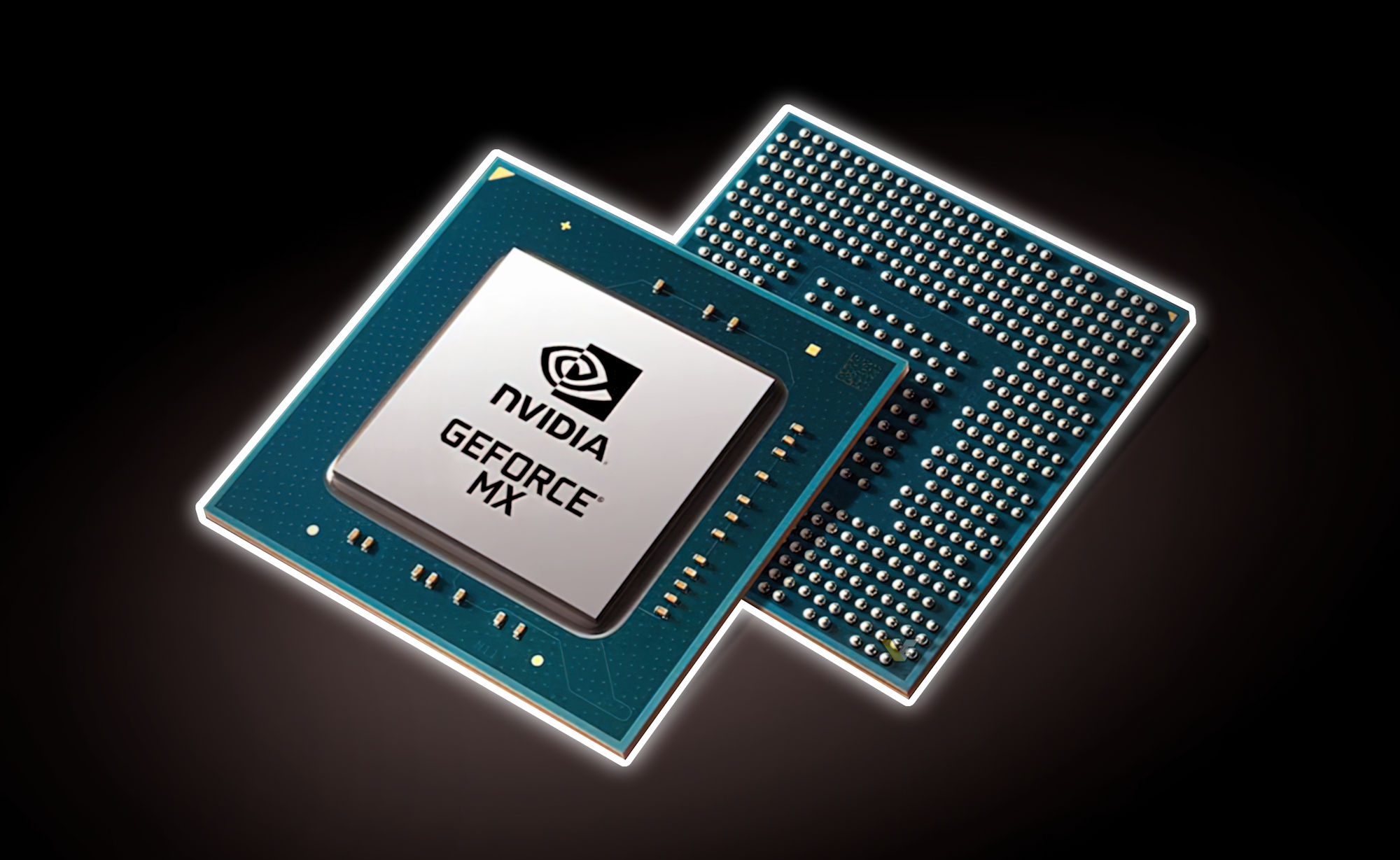The Matrix Awakens is effectively three different demos in one: an incredible character rendering showcase, a high-octane set-piece and an ambitious achievement in open-world simulation and rendering. However, perhaps the biggest surprise is that all of these systems co-exist within the one engine and are intrinsically linked - but with that said, it is a demo and not a shipping game. There are issues and performance challenges are evident. Possibly the most noticeable problem is actually a creative decision. Cutscenes render at 24fps - a refresh rate that does not divide equally into 60Hz. Inconsistent frame-pacing means that even at 120Hz, there's still judder. Jumps in camera cuts can see frame-time spikes of up to 100ms. What's actually happening here is that the action is physically relocating around the open world, introducing significant streaming challenges - a micro-level 'fast travel', if you like. Meanwhile, as stated earlier, speedy traversal and car crashes see frame-rate dip. Combine them and you're down to 20fps. It's at this point you need to accept that we're still in the proof of concept stage.
The performance challenges also impact resolution too. However, thanks to Unreal Engine 5's temporal super resolution (TSR) technology the 1404p-1620p rendering on Xbox Series X and PS5 looks suitably 4K in nature. However, in the most intense action, 1080p or perhaps lower seems to be in effect, which really pushes the TSR system hard. At the entry level, it's incredible to see Xbox Series S deliver this at all but it does so fairly effectively, albeit with some very chunky artefacts. Here, the reconstruction target is 1080p, but 875p looks to be the max native rendering resolution with pixel counts significantly below 720p too. It should be stressed that TSR can be transformative though, adding significantly to overall image quality, to the point where Epic allows you to toggle it on and off in the engine showcase section of the demo. Series S does appear to be feature complete, but in addition to resolution cuts, feature reduction in detail and RT does seem to be in play.
But from our perspective, The Matrix Awakens is a truly remarkable demonstration of what the future of games looks like - and to be honest, we need it. While we've seen a smattering of titles that do explore the new capabilities of PlayStation 5 and Xbox Series hardware, this has definitely been the year of cross-gen. Resolutions are higher, detail is richer, frame-rates are better and loading times are much reduced - but what we're seeing in The Matrix Awakens is a genuine vision for the future of real-time rendering and crucially, more streamlined production. The Matrix Awakens is free to download from the Xbox and PlayStation stores and it goes without saying that experiencing it is absolutely essential.




